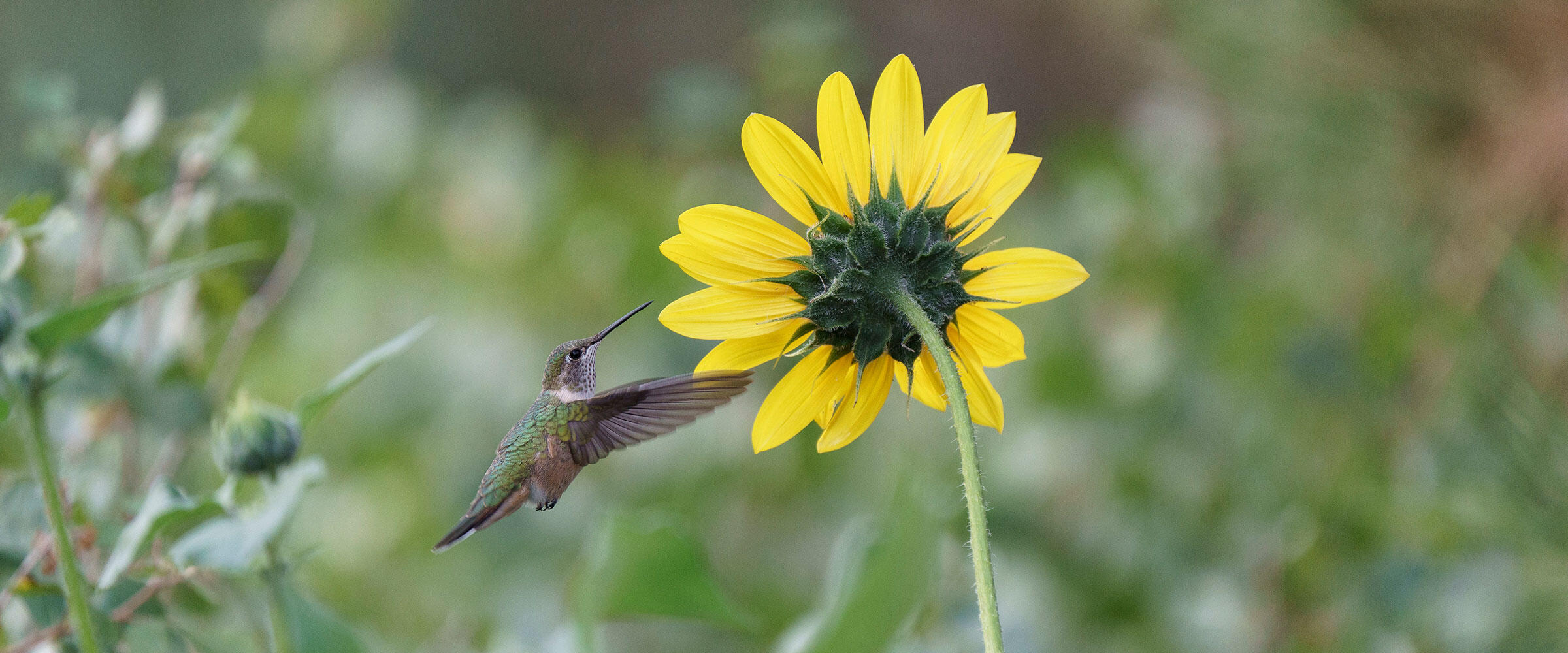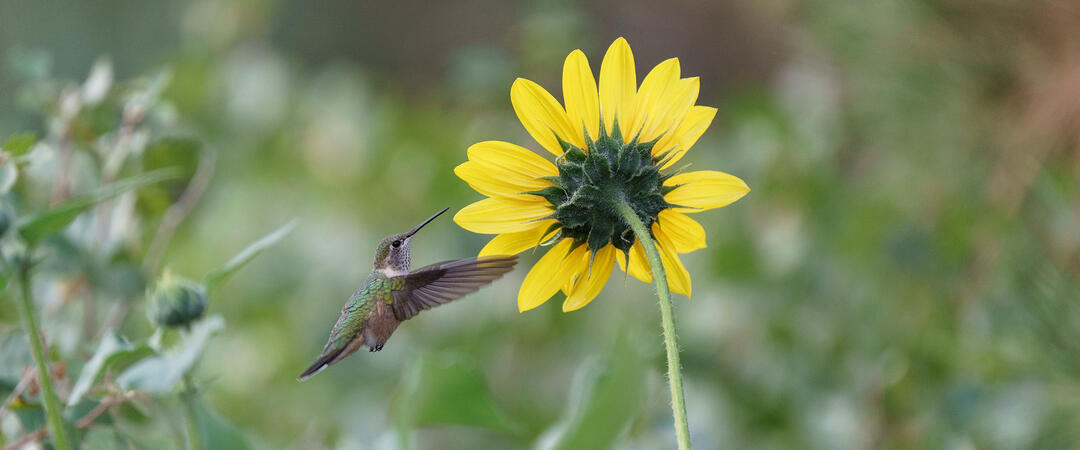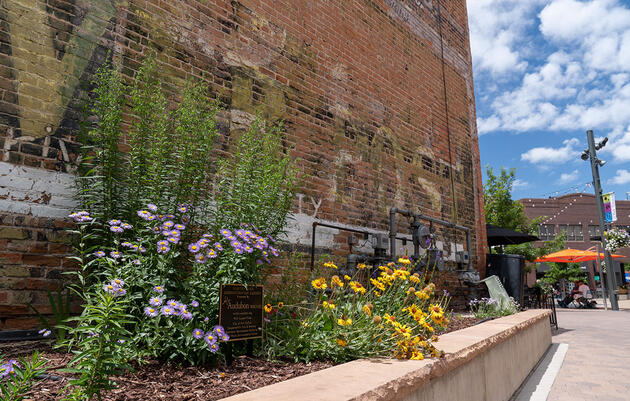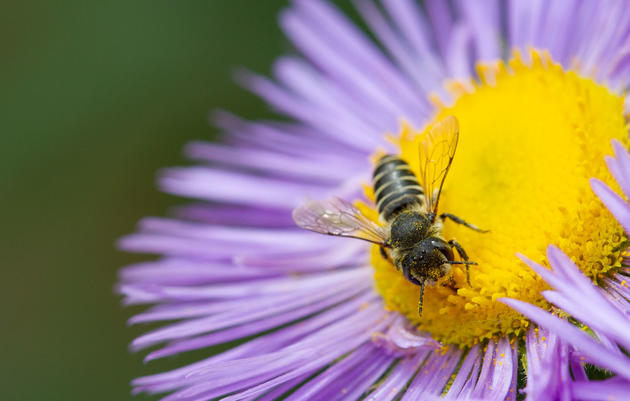With historic droughts plaguing the West, efforts to conserve water and address the ongoing climate crisis are more important than ever. One solution that has been largely underappreciated is native landscaping.
The U.S. Environmental Protection Agency estimates that nationwide, landscape irrigation accounts for nearly a third of all residential water use. Native landscaping decreases water consumption by prioritizing the use of native plants, which typically require less water than nonnative plants. Native plants also benefit native birds, pollinators, and other wildlife by providing suitable food and habitat. However, despite the many benefits of native landscaping, it is often overlooked by local and state governments and gardeners alike.
Over the past year, Audubon Rockies has been working with other mission-aligned organizations to form the Colorado Native Landscaping Coalition (CNLC) to increase awareness around native landscaping and promote its use. The growing coalition—which also includes the Colorado Native Plant Society, Colorado Wildlife Federation, People and Pollinators Action Network, and Wild Ones Front Range—is transforming Colorado’s landscaping practices.
By advising state and local governments on effective promotion measures—such as updating development codes and providing financial assistance, education, and demonstration projects—the CNLC aims to establish native landscaping practices across Colorado. By reducing ornamental turf areas and increasing the percentage of native plants on state, municipal, and private lands, Colorado can increase natural resilience to changing climates while decreasing water, fertilizer, and pesticide use, as well as their associated costs.
In addition to supporting local and state governments, the CNLC is also working to reform xeriscaping—a landscaping technique that reduces or eliminates the need for irrigation. While xeriscaping always involves the use of drought-resistant plants, it does not necessarily prioritize those that are native. By updating the definition of xeriscaping, the many benefits of native plants will be increasingly recognized.
As a CNLC member, Audubon Rockies is supporting these initiatives through our Habitat Hero program. Habitat Hero has long provided people, businesses, and cities with resources to create bird habitat in their communities. By using bird-friendly native plants, Habitat Hero-certified gardens not only make communities healthier, more resilient, and water-efficient but also provide beautiful and crucial habitat to birds and pollinators in urban and suburban areas. Native plants are essential to regional food webs and biodiversity. By expanding these landscapes on private and public lands, Colorado can effectively reduce resource consumption while supporting the local plants, birds, and other wildlife that make the state so uniquely beautiful.
Audubon Rockies is proud to be a part of this important movement to promote native landscaping across Colorado, and would like to thank our CNLC partners for helping us achieve this goal.
If your organization is interested in joining the Colorado Native Landscaping Coalition to promote native landscaping and other regenerative land management practices in Colorado, please contact the Colorado Native Landscaping Coalition at CONativeLC@gmail.com.
For more information on Habitat Hero, please contact amanda.martinez@audubon.org or visit https://rockies.audubon.org/habitat-hero.









